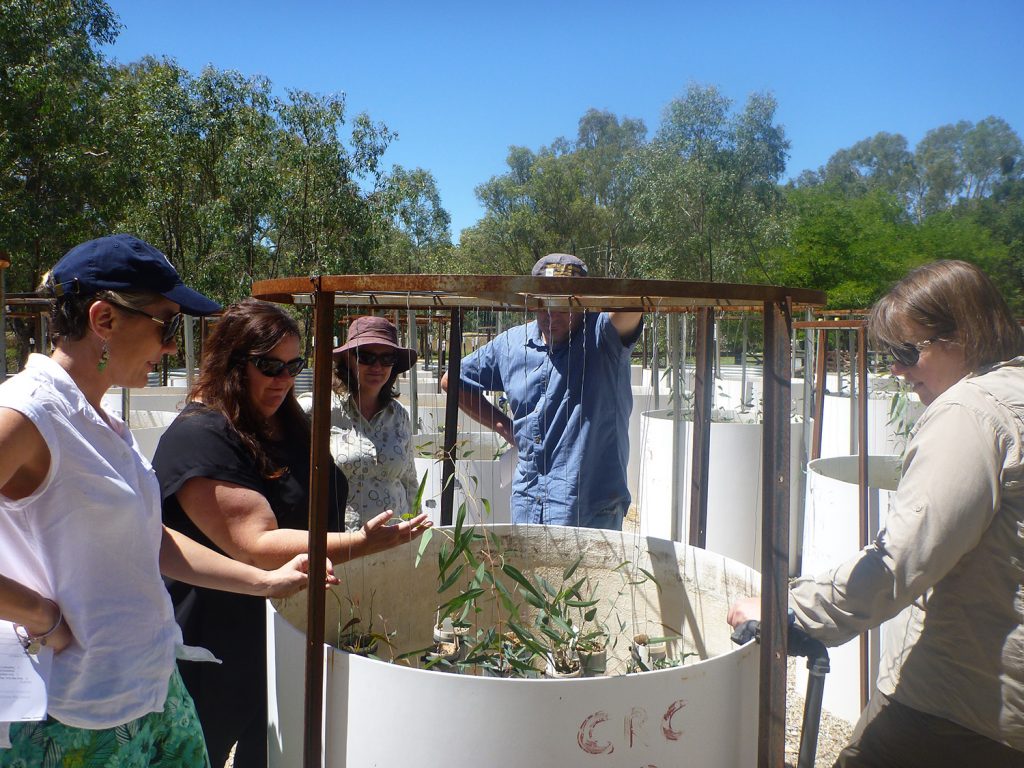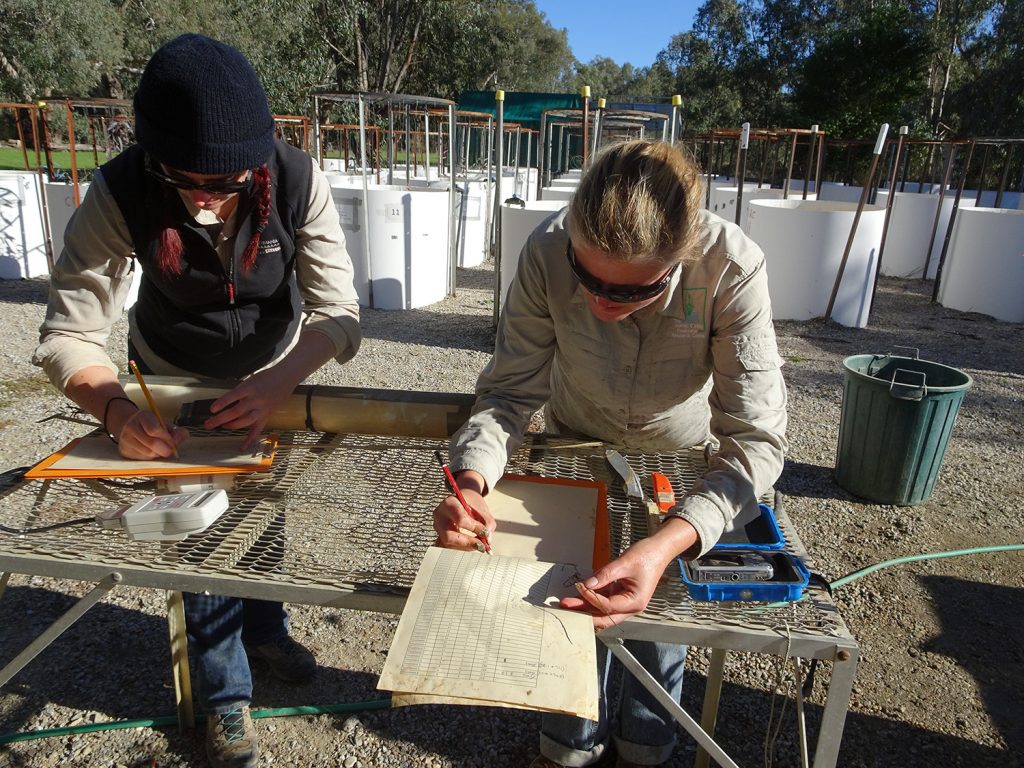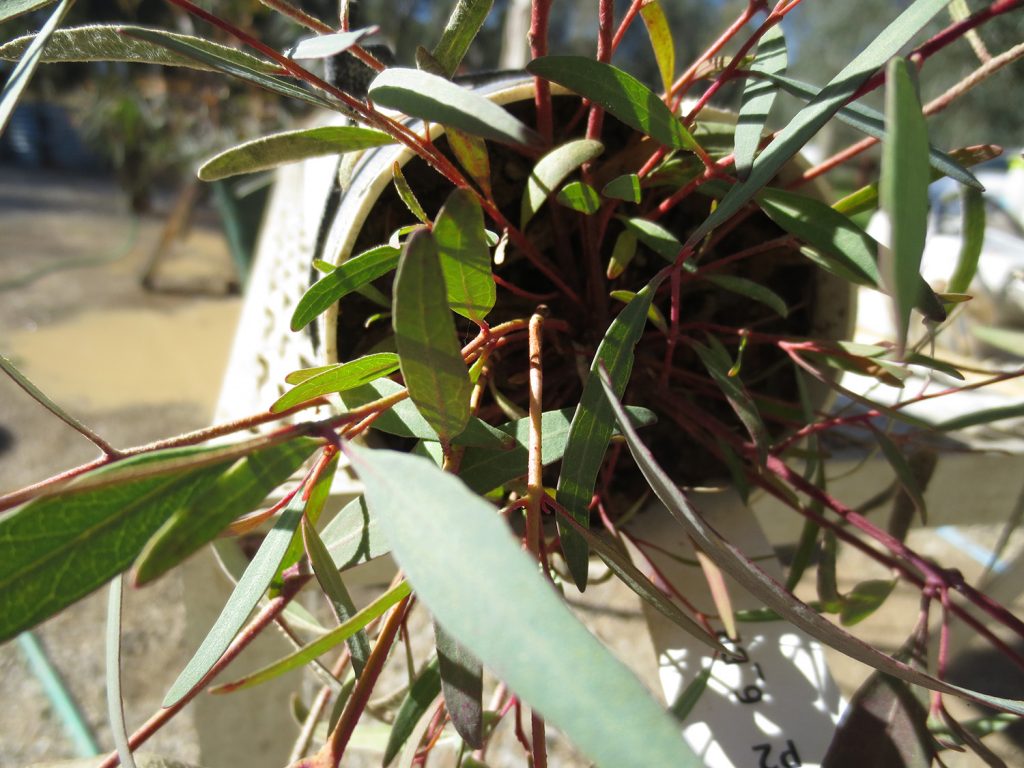Author: Cherie Campbell
Wetland and floodplain plants are critical components of both aquatic and terrestrial ecosystems, supplying energy to support food webs, providing habitat and dispersal corridors for animals and birds, and contributing to other ecosystem services such as nutrient and carbon cycling, water and sediment oxygenation. They are also beautiful parts of our river landscapes with aesthetic, cultural and recreational values, as well as intrinsic biodiversity value.
What, however, do you picture when you think of a wetland or floodplain plant? Is it a majestic 600 year old tree, a pond full of swamp lilies, tall reeds and grasses in which waterbirds build their nests, or is it a mass of green herbs that covers the floodplain after waters recedes? The diversity of plants in Murray–Darling Basin wetlands and floodplains is tremendous, with more than 800 species. These take a myriad of structural forms, from floating ferns, to ancient trees, and provide a range of functions.
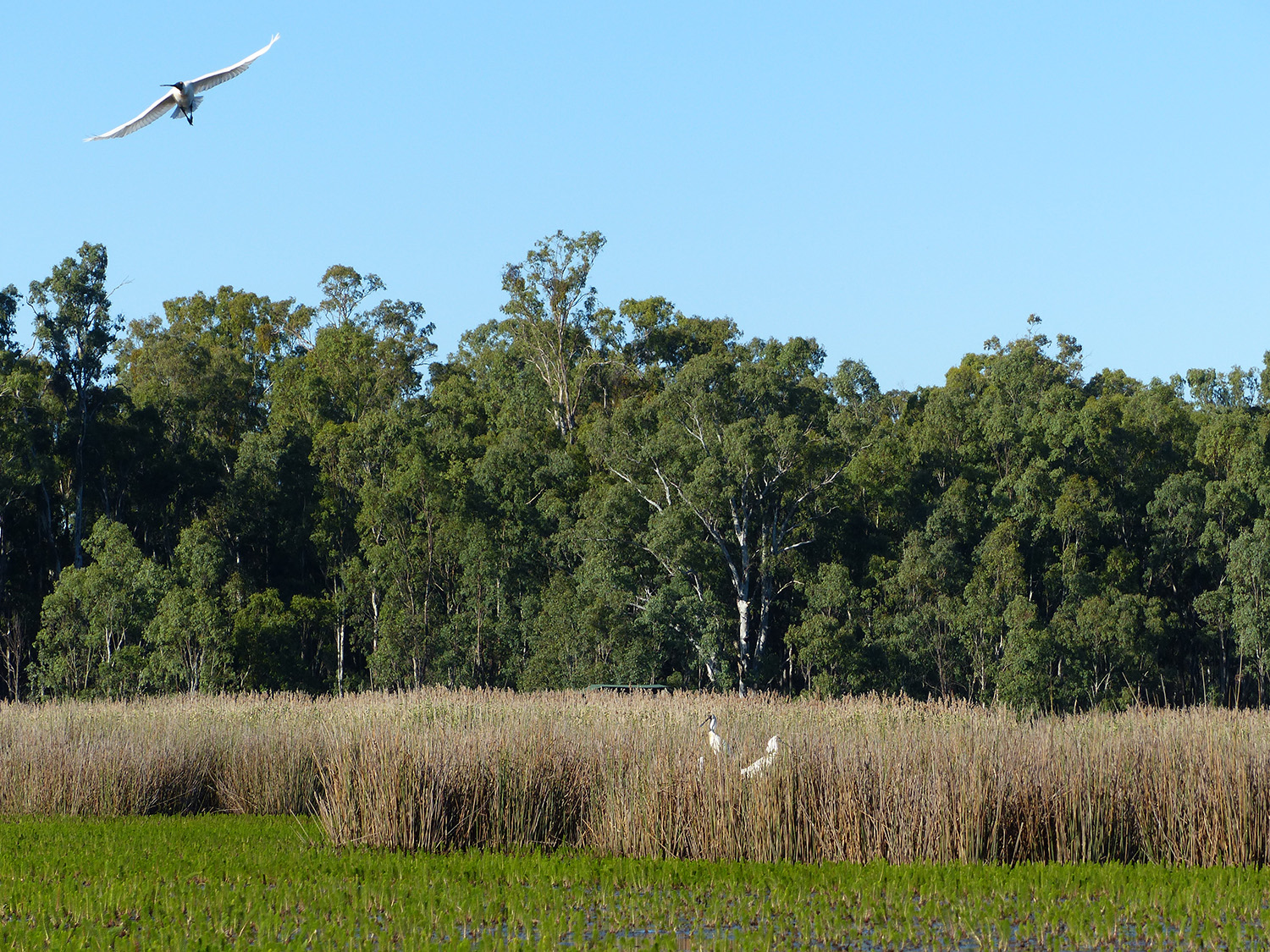
Vegetation outcomes from environmental flow management may seek to achieve multiple objectives relating to composition, structure, and/or ecological processes that support other biota. These objectives are also scale dependent; with wider landscape objectives providing context for smaller site-scale objectives that will vary from location to location. For example, we might be trying to improve adult tree condition in some areas, or recruit juvenile trees, or control seedling recruitment in other parts of the floodplain. Clarifying multiple objectives allows managers to better define water requirements, monitor outcomes and communicate decisions and outcomes to stakeholders.
The MDB EWKR Vegetation Theme is aiming to provide a framework to assist in clarifying objectives, by considering the functions and services provided by different vegetation responses, and the influence of flow across temporal scales. In addition, we want this framework to consider the context in which environmental watering decisions are made, in terms of water availability, delivery constraints and the influence of complementary management. The framework we are using has three main components.
Component 1: Response traits and levels of ecological organisation
There are three broad categories of vegetation response that may be included in a managers’ objectives; these are composition, structure and process. These responses may occur at different levels of ecological organisation, ranging from landscape to individual plant responses (see Figure 1). For example, objectives may be focused on:
• promoting high species diversity (composition and communities)
• maintaining large, hollow-bearing River Red Gum trees (structure and population)
• increasing the abundance of Moira Grass (composition and species)
• stimulating germination of Black Box trees (processes and life histories) to improve age-class structure at a site (structure and population)
• maintaining a spatial array of reed beds, open water, and woodland communities (composition and vegscape)
• increasing the abundance and complexity of structural wetland plants (e.g. submerged, floating leaves, emergent sedges) (structure and habitat).
Component 2: Functions and services
Functions and services provided by vegetation can be grouped into four different types; habitat, regulating, production and information (see Figure 2). For example, vegetation can provide nursery habitat for fish, corridor habitat for the movement of birds, or structural habitat for frogs. This model provides us with the scope to incorporate both ecological functions and services, as well as economic and social functions and services, such as food sources like honey production from River Red Gums; recreational values like improving submerged habitat at important fishing locations; and, cultural values like the health of scar trees or maintenance of totem species.
Component 3: Nested flow regimes
Vegetation responses to flows also occur at a variety of temporal scales that can be summarised into three broad flow regimes (see Figure 3).
1. Long-term (decadal) cycles of wet and dry periods.
At this scale, flow influences landscape patterns of vegetation such as the types, distributions and relative abundance of different vegetation communities. The key flow characteristics at this scale are:

- average inundation frequency and patterns of frequency
- average and maximum period without inundation
- wet sequence duration (number of sequential years in which inundation occurs)
- average and maximum inundation depth and duration
- magnitude and connectivity of inundation
- patterns of inundation seasonality.
2. Short-term (1–10 years) flow regimes.
At this scale, flow influences the composition of ecosystems and condition of populations within those systems. The important flow characteristics at this scale are similar to those for long-term flow regimes, however, the vegetation responses are smaller scale in recognition of the longer time frames over which landscape vegetation patterns change. The key flow characteristics at this scale are:
- inundation frequency and patterns of frequency
- maximum period without inundation
- time-since-last inundation
- wet sequence duration (number of sequential years in which inundation occurs)
- average and maximum inundation depth and duration
- magnitude and connectivity of inundation
- patterns of inundation seasonality.
Both long-term and short-term flow regime characteristics interact with land form and climate variables including average, maximum and minimum rainfall and temperatures, to determine vegetation composition, structure and processes. There is also an important interaction between these two flow regimes as the establishment of long-lived vegetation will have an influence on the understory that develops at the site. This is likely to be due to a variety of factors like changes in the micro-climate under the canopy (for example, light, temperature), changes in soil properties, competition for nutrients, or water and allelopathic interactions.
Allelopathy is a biological phenomenon by which an organism produces one or more biochemicals that influence the germination, growth, survival and reproduction of other organisms.
3. Flow pulses/individual events.
At this scale, key flow characteristics influence individual plant responses which may include growth, reproduction, germination, dispersal, quiescence or death. The important flow characteristics include:
- depth
- duration
- rate of recession
- seasonal timing
- magnitude and connectivity of inundation
- velocity
- turbidity/euphotic depth.
When these three components are brought together we anticipate that our framework will help land and water managers to develop specific objectives for different types of vegetation responses across a range of spatial and temporal scales, and for a variety of functional outcomes. For more information follow the links below.
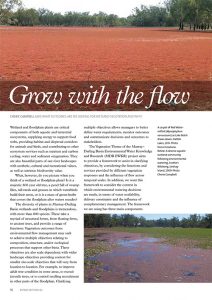
For more information:
- contact Vegetation Theme Co-ordinator, Cherie Campbell: cherie.campbell@latrobe.edu.au
- contact Centre for Freshwater Ecosystems: cfe@latrobe.edu.au
Related links:
- More Valiant Vegetation stories
- visit the website, Facebook or YouTube



